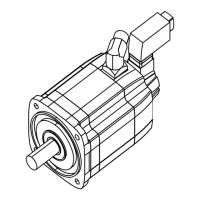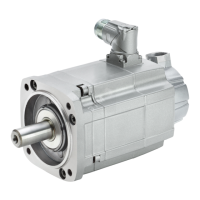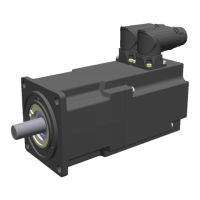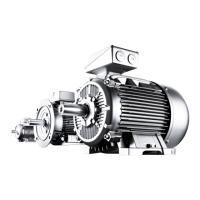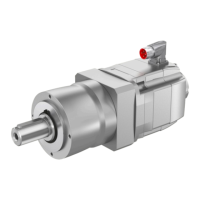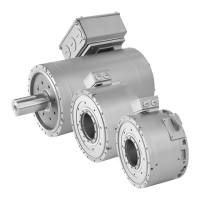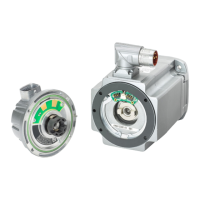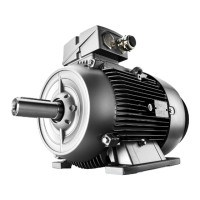Preface
1FT7 Synchronous Motors
10 Configuration Manual, (PFT7S) 01/2009, 6SN1197-0AD13-0BP2
Information regarding third-party products
NOTICE
This document contains recommendations relating to third-party products. This involves
third-party products whose fundamental suitability is familiar to us. It goes without saying
that equivalent products from other manufacturers may be used. Our recommendations are
to be seen as helpful information, not as requirements or regulations. We cannot accept
any liability for the quality and properties/features of third-party products.
Environmental compatibility
● Environmental aspects during development
When selecting supplier parts, environmental compatibility was an essential criteria.
Special emphasis was placed on reducing the envelope dimensions, mass and type
variety of metal and plastic parts.
Effects of paint-wetting impairment substances can be excluded (PWIS test)
● Environmental aspects during production
Supplier parts and the products are predominantly transported in re-usable packing.
Transport for hazardous materials is not required.
The packing materials themselves essentially comprises paperboard containers that are
in compliance with the Packaging Directive 94/62/EC.
Energy consumption during production was optimized.
Production has low emission levels.
● Environmental aspects for disposal
Motors must be disposed of carefully taking into account domestic and local regulations
in the normal recycling process or by returning to the manufacturer.
The following must be taken into account when disposing of the motor:
Oil according to the regulations for disposing of old oil (e.g. gear oil when a gearbox is
mounted)
Not mixed with solvents, cold cleaning agents of remains of paint
Components that are to be recycled should be separated according to:
– Electronics scrap (e.g. encoder electronics, sensor modules)
– Iron to be recycled
– Aluminum
– Non-ferrous metal (gearwheels, motor windings)
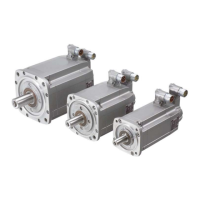
